Light Wallet
Eternl
A feature and information rich light wallet, that offers a mobile app, a web app and a browser extension.
 Eternl
EternlYoroi
An open-source, light wallet from EMURGO. Offering wallets for both the Cardano and Ergo chains.
 Yoroi
YoroiNuFi
A non-custodial, crypto wealth management platform for PoS blockchains and digital assets.
 NuFi
NuFiGuarda
A multi-chain, non-custodial, light wallet offering support for sending, receiving, and staking ADA.
 Guarda
GuardaAdaLite
A non-custodial, light wallet for Cardano, offering hardware wallet support.
 AdaLite
AdaLiteMedusa Adawallet
A light wallet, available in both Russian and English, supporting the sending, storing, receiving, and staking of ADA.
 Medusa Adawallet
Medusa AdawalletNami
An open source, browser extension, light wallet.
NamiFlint
A browser extension wallet available for mobile (Android and iOS). Delegate stake, interact with dApps, browser your NFTs, send funds to Milkomeda, and more!
 Flint
FlintExodus
A multi-chain wallet supporting the sending, receiving and exchange of ADA.
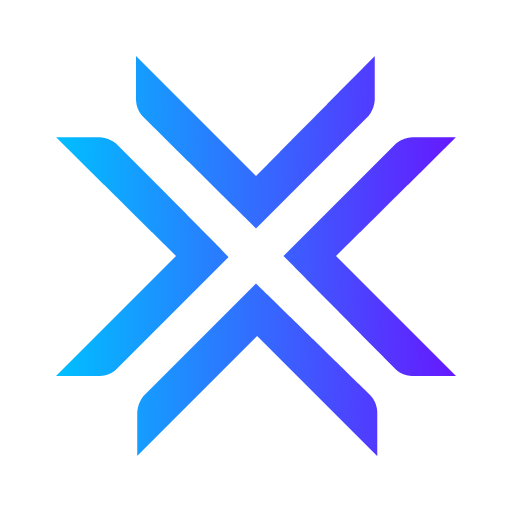 Exodus
ExodusLace
A light wallet from IOG.
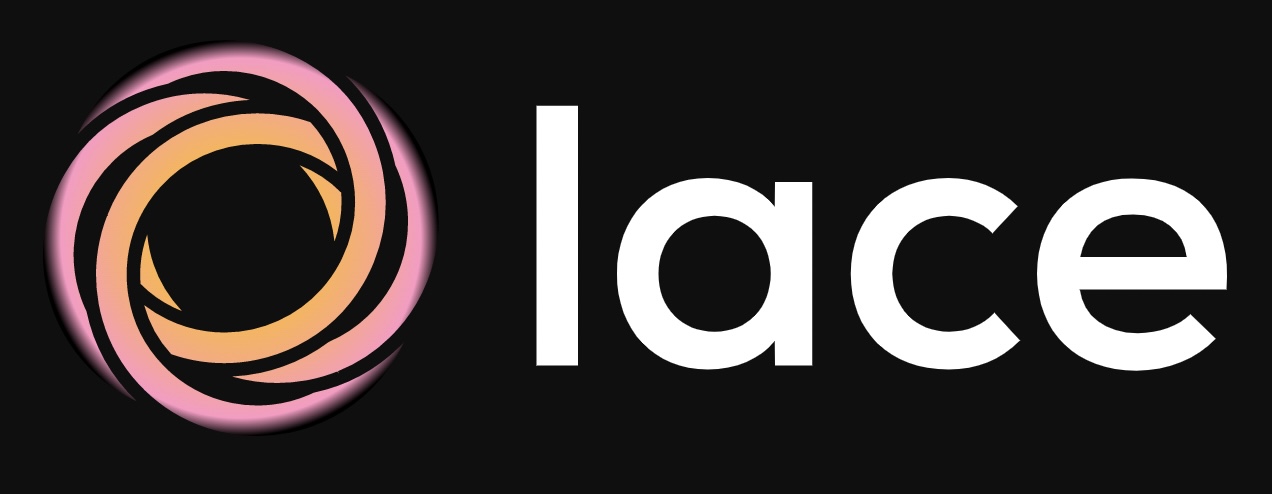 Lace
LaceBynet Wallet
A non-custodial, open sourced, DeFi focused wallet for both Android and iOS, with plans to integrate a DEX and to operate across multiple chains.
 Bynet Wallet
Bynet WalletCardWallet (C-Wallet)
A non-custodial, mobile app wallet, offering interoperability across 3 blockchains.
 CardWallet (C-Wallet)
CardWallet (C-Wallet)RayWallet
A light-wallet created by Ray Network with access to their suite of DeFi (when launched) inside the web wallet interface itself.
RayWalletAtomic Wallet
A non-custodial wallet platform supporting multiple crypto assets alongside ADA.
 Atomic Wallet
Atomic WalletGero Wallet
A browser-based, light wallet that can interact with dApps that has plans to be a one-stop-shop for interacting with DeFi.
 Gero Wallet
Gero WalletC64 Wallet
Browser Extension Wallet. Community-driven Wallet.
 C64 Wallet
C64 WalletGameChanger
A gamified wallet featuring and open source code allowing developers to connect their dApps to the wallet.
 GameChanger
GameChangerAdaly
A non-custodial wallet that works with Ledger hardware wallets and is available as a smartphone app for Android and Microsoft devices.
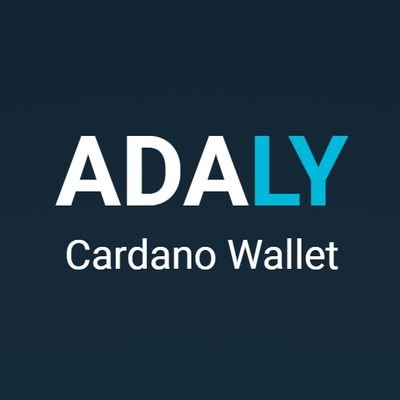 Adaly
AdalyTyphon Wallet
A non-custodial, browser extension, and web-app light wallet designed from scratch by Strica, using their own, open-sourced wallet libraries.
 Typhon Wallet
Typhon WalletLodeWallet
A functional Cardano wallet.
 LodeWallet
LodeWalletCoin Wallet
A self-custodial wallet for sending, receiving, and exchange of ADA and 20+ cryptos. Open-source and private since 2015. Available on Web, Android, iOS, Windows
Coin WalletGem Wallet
Gem Wallet is an open-source and self-custodial crypto wallet that lets you send, receive, swap, use dApps, buy, and stake cryptocurrencies
 Gem Wallet
Gem WalletCosmic Soul
Cosmic Soul a compilation of 24 songs composed over 10 years, played, edited and produced by one individual. They are now ready for your enjoyment.
 Cosmic Soul
Cosmic SoulBegin
The fun, simple, & secure way to explore Web3, NFTs, & Cardano.
 Begin
Begin
Hardware Wallet
Ledger
A thumb drive style hardware wallet for storing multiple cryptocurrencies, including ADA and Cardano tokens, in cold storage.
 Ledger
LedgerTangem
A credit card sized wallet for cold storage of crypto currencies. ADA and your Cardano tokens.
 Tangem
TangemEllipal Titan
The Ellipal Titan is the only air-gapped, hardware wallet where you can store your ADA and Cardano tokens.
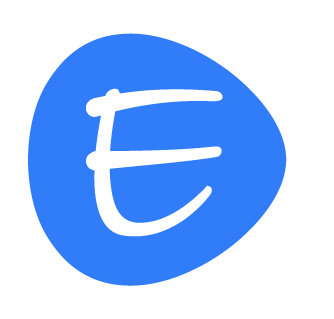 Ellipal Titan
Ellipal TitanTrezor
A hardware wallet for storing multiple cryptocurrencies, including your ADA and Cardano tokens, in cold storage.
 Trezor
TrezorCoolWallet
A credit card sized hardware wallet, connected to through an encrypted bluetooth connection, offering native support for ADA and many other cryptocurrencies.
 CoolWallet
CoolWallet
Wallet Address Solution
$handle
An address routing service allowing users to own human readable addresses for their Cardano wallets; simplifying the sending and receiving of ADA.
 $handle
$handleAdaDomains
Human readable Cardano addresses that associate with the owner's wallet and a searchable web address displaying custom data. Simplifying the sending of assets.
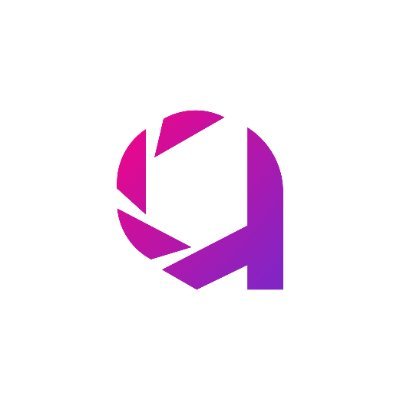 AdaDomains
AdaDomains
Full Node Wallet
Organizations
If you’re searching for where to store Cardano, ada, you’ve come to the right page. The best cardano wallet is a hotly debated topic in the Cardano community, and there are many types of Cardano wallet, all listed here, available to users. The only Cardano desktop wallet available is Daedalus, a full node wallet that downloads the complete Cardano blockchain, ~100GB.
By far the most popular type of wallet is a Cardano light wallet and there are many of these for you to choose from. The second most popular type of wallet is a Cardano web wallet. Most Cardano wallets will show the Cardano price, and a few have even the integrated the ability for you to buy Cardano, ada, directly in the wallet!
Almost all the wallets listed above allow you participate in the Cardano staking protocol, Ouroboros, where you can help to secure the network and earn passive income in the form of staking rewards. Many of the wallets listed above will also allow you to search for which pool to stake your Cardano, ada, to right in the wallet itself.
Finally, there are multiple Cardano cold storage wallets for you to choose from. There are five hardware wallets that offer native support for where to store ada, and two of them, the Ledger and Trezor are supported by multiple light wallets allowing you to use your favorite interface to keep your coins secure in cold storage.
Frequently Asked Questions
- How to Store Cardano?
To store ADA you simply send that ADA to the receiving address generated by your Cardano wallet. You can generate a new receiving address for every incoming transaction to your wallet, this allows you to preserve your privacy as each address only registers the transactions sent to it.
All receiving addresses generated are associated with your wallet and your wallet will reflect the balance of all used receiving addresses. You can reuse receiving addresses but this reduces the privacy because anyone can see what transactions have been received by that address.
- Does Cardano have a mobile wallet?
There are multiple Cardano wallets available for both iOS and Android devices. Each wallet that has an App will have the appropriate "iOS App" and "Android App" tags. Alternatively you can go to our Android App and iOS App pages for specific information on projects that offer app for these operating systems.
- Where to Stake Cardano?
Most wallets in the Cardano ecosystem allow you to stake ADA to a Cardano stake pool. Some have built in pool searching functionalities that allow you to search for a Cardano stake pool within the wallet extension or application. Others require you to use external explorers to find a stake pool to stake your ADA to.
- What is Cardano Staking?
Staking Cardano is when a user delegates their ADA to a stake pool on the Cardano network. Their ADA never leaves their wallet, and it is not locked up so it is still free to be used at anytime by the owner for whatever they want.
These stake pools produce the blocks for the Cardano blockchain and by delegating to a stake pool you earn passive rewards when the pool you delegate to produces a block. You also help increase the decentralization of the Cardano network.
- What is the best Cardano wallet?
Best is a subjective term and the best Cardano wallet for you is the one with all the features you need for your ease of use, security, and confidence. Each wallet has it's own description with it's functionalities and are also tagged with many of these unique functionalities, such as hardware wallet integration for light wallets. Many will tell you that the best Cardano wallets are light wallets, that feature both hardware wallet connectivity along with mobile apps.
- How to buy Cardano/ADA?
Most wallets in the Cardano ecosystem allow you to stake ADA to a Cardano stake pool. Some have built in pool searching functionalities that allow you to search for a Cardano stake pool within the wallet extension or application. Others require you to use external explorers to find a stake pool to stake your ADA to.
